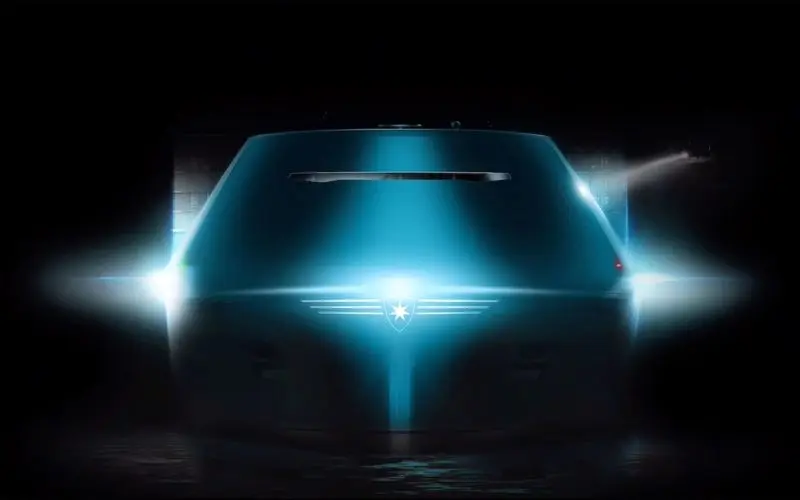Challenges and Innovations in Zero-Emission Hydrogen Propulsion for Commercial Aviation
Key Ideas
- Universal Hydrogen's closure raised doubts about hydrogen propulsion in commercial aviation but others continue to innovate.
- Different companies like CAeS, Airbus, and ZeroAvia are working on hydrogen-electric powertrains for various aircraft sizes.
- Challenges include developing technology, establishing fuel handling processes, and adapting to different aircraft types.
- ZeroAvia is exploring high-power systems for larger aircraft like regional jets and single-aisles to expand hydrogen use in aviation.
The closure of Universal Hydrogen highlighted challenges in the adoption of zero-emission hydrogen propulsion for commercial aviation, specifically through retrofitting regional turboprops. Despite this setback, other companies like CAeS, Airbus, and ZeroAvia are pursuing innovative approaches to integrate hydrogen-electric powertrains in different aircraft models. CAeS focuses on the Britten-Norman Islander, while Airbus aims for a hydrogen-electric 100-seater by 2035. ZeroAvia, on the other hand, is developing powertrains for various aircraft sizes, from the De Havilland Canada Twin Otter to the ATR 72 and Bombardier CRJ, with plans to target larger aircraft like regional jets and single-aisles. Challenges lie in technology development, fuel handling processes, and adapting to diverse aircraft requirements. ZeroAvia is working on high-power systems like the ZA2000 for regional jets and exploring options for the narrowbody market, including a single-fuel hybrid engine approach. The industry sees starting small as a viable path to scale hydrogen-electric propulsion in commercial aviation, driving innovation and confidence in green aviation technology.
Topics
Aviation
Green Energy
Aviation Technology
Hydrogen Infrastructure
Regional Aircraft
Aircraft Retrofits
Powertrain Development
Latest News
